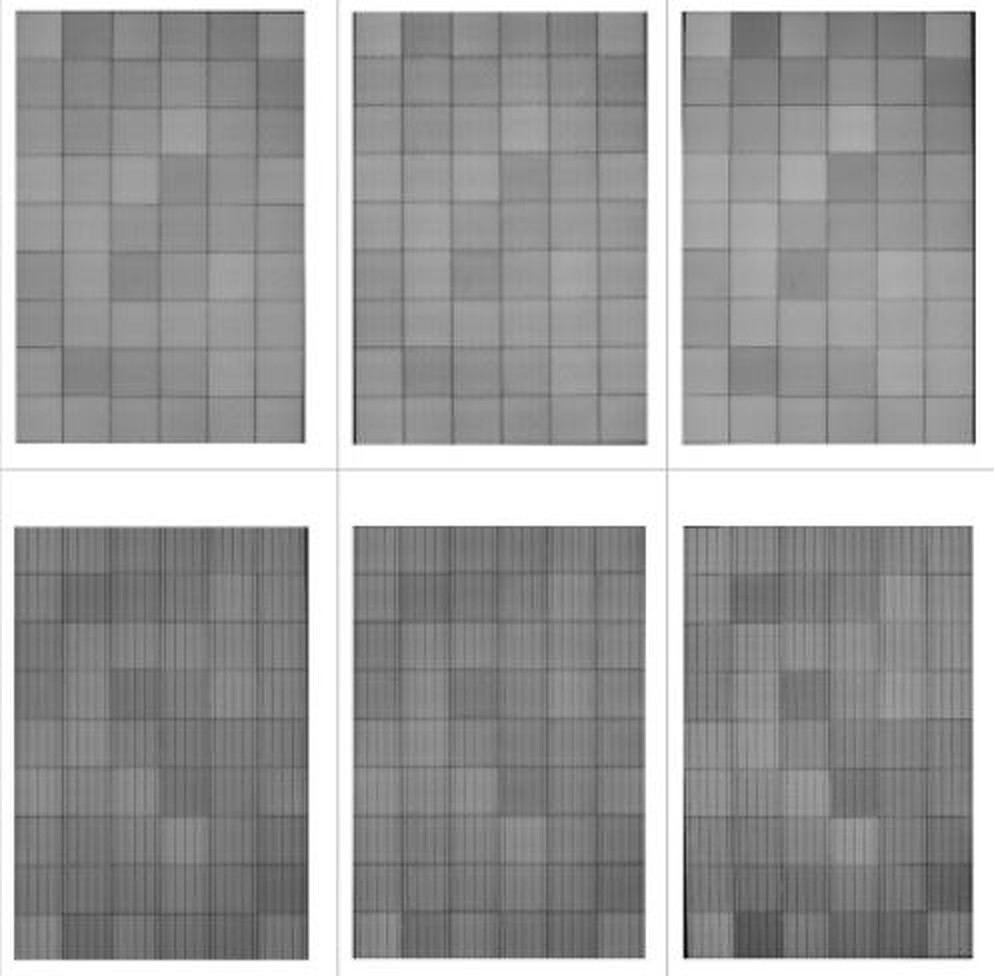A Dutch research group has used a series of techniques from the automotive industry to develop a novel methodology to repair glass in double-glass solar panels. Their experimental work represents the step towards transforming glass-damaged solar panels from waste into valuable products.
Emiliano Bellini
Scientists from Utrecht University in the Netherlands have developed an experimental glass repair technique for glass-glass PV modules which they say provides good results in terms of both technical feasibility and effectiveness.
“Thus far, glass defects have been regarded as a failure beyond repair and no noticeable attempt has been made to develop reparation methods,” they stressed, noting that their technique is based on methodologies applied in the automotive industry, in which glass laminates reparation has a long track record. “Ultimately, this research aims to add to the scarce scientific knowledge on PV modules repair options, in particular glass-glass PV modules, and aspires to place defect PV modules in a new perspective: from waste to valuable products.”
The researchers explained that glass breakage in glass-glass solar panels may lead to the disruption of the insulation of the encapsulant layer, which would cause the penetration of water and humidity in the modules, or the creation of microcracks in the solar cells, which would be highly detrimental to their performance.
The proposed technique is based on a method for edge pit reparation of windshields from Germany-based Novus Automotive GmbH and advice provided by international glass expert Marcel Falk.
It is implemented in seven different steps: Determining freshness and the end of the fracture; cooling or heating the PV module to the required temperature of 5 C to 29 C; cleaning the module with window cleaner; inserting the repair resin into the fractures using small drops; applying drops of pit resin on top of the larger edge pits; placing an ultraviolet (UV) lamp at a distance of 20–30 cm and curing for a minimum of 20 minutes; and checking if all fractures are repaired.
“The materials required for the experimental reparation consists of repair resin and pit resin designated for windshields that aim to restore the strength and insulation of the glass layers,” the academics explained. “Furthermore, a UV lamp with an intensity of 108 W UVA is required for the strengthening of the resin, the resin can also be cured by natural UV light.”
They conducted accelerated lifetime damp heat simulations, as well as performance and reliability tests, to validate the effectiveness of the repairing process. They compared the performance of 30 glass-damaged panels with that of non-damaged modules, which were all coming from an operational PV installation operated by SolSolutions in the Netherlands. The array utilizes 290 W panels provided by Chinese producer DMEGC.
Through this experiment, the research team ascertained that the proposed methodology doesn’t harm the repaired panels, which were found to perform “properly” after the repair and the tests. “The absence of water-instigated degradation indicates that repaired glass layers are insulating again,” it explained. “However, definite conclusions must be made with caution since the non-repaired PV modules did not show visual signs of water ingress either.”
The scientists introduced the new approach in the study “Experimental repair technique for glass defects of glass-glass photovoltaic modules – A techno-economic analysis,” published in Solar Energy Materials and Solar Cells. “Overall, the first indicators for a technically feasible and effective repair technique are positive,” they concluded.
This content is protected by copyright and may not be reused. If you want to cooperate with us and would like to reuse some of our content, please contact: editors@pv-magazine.com.
